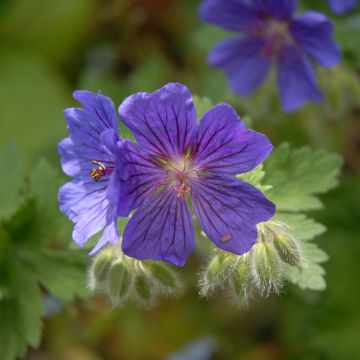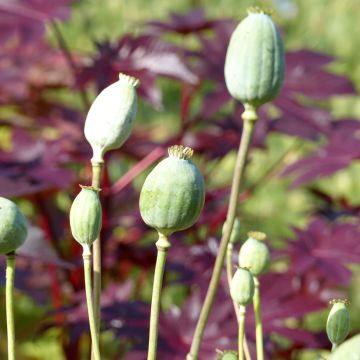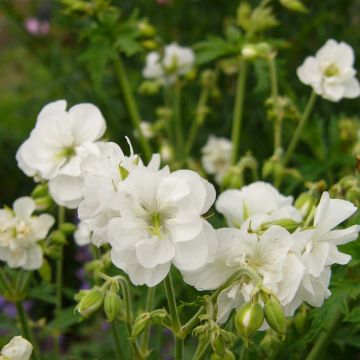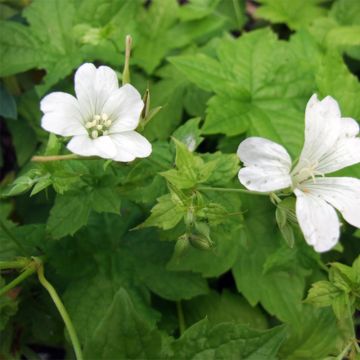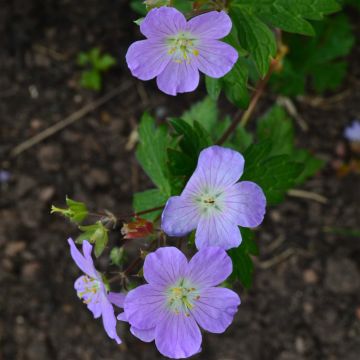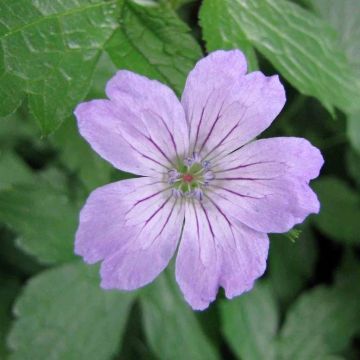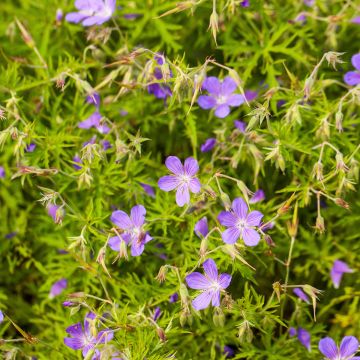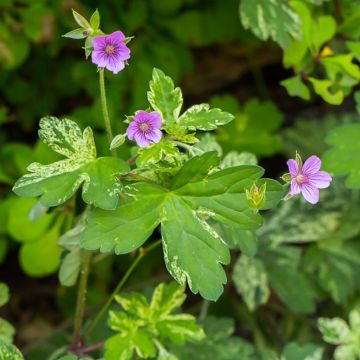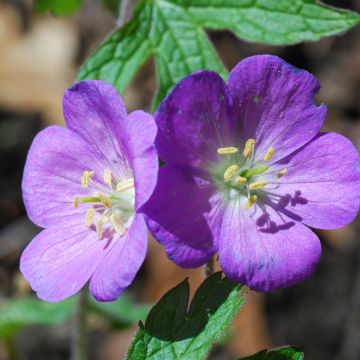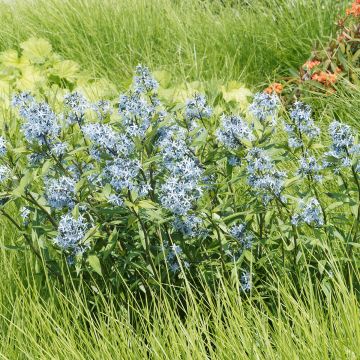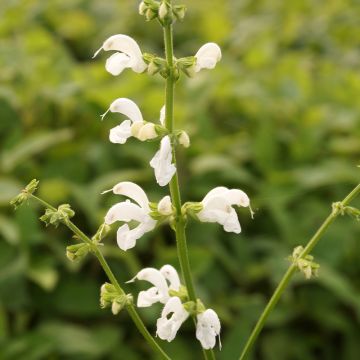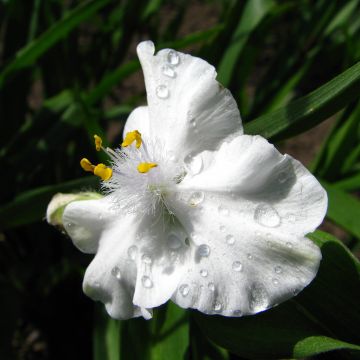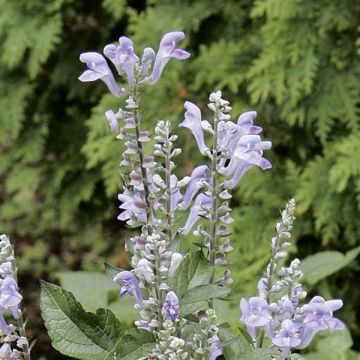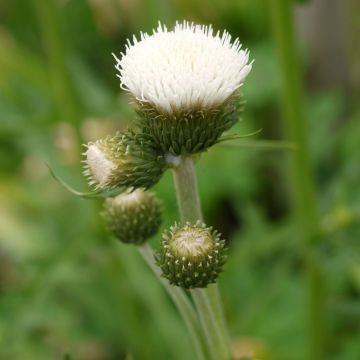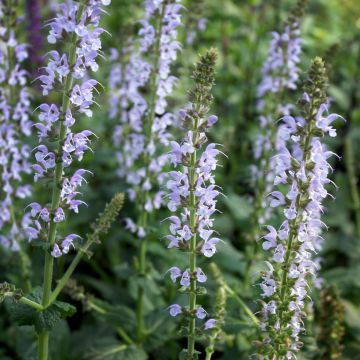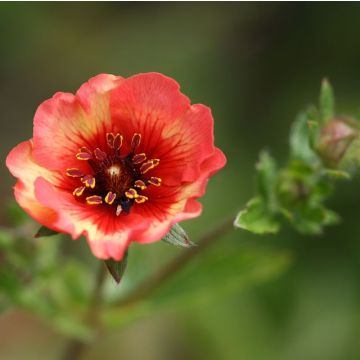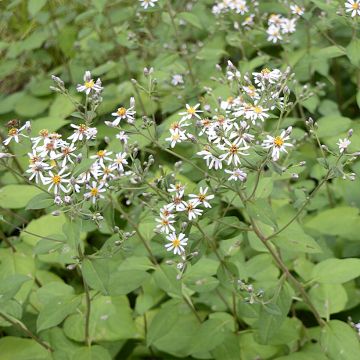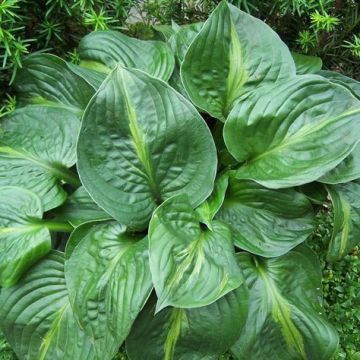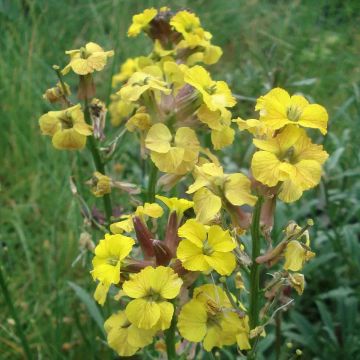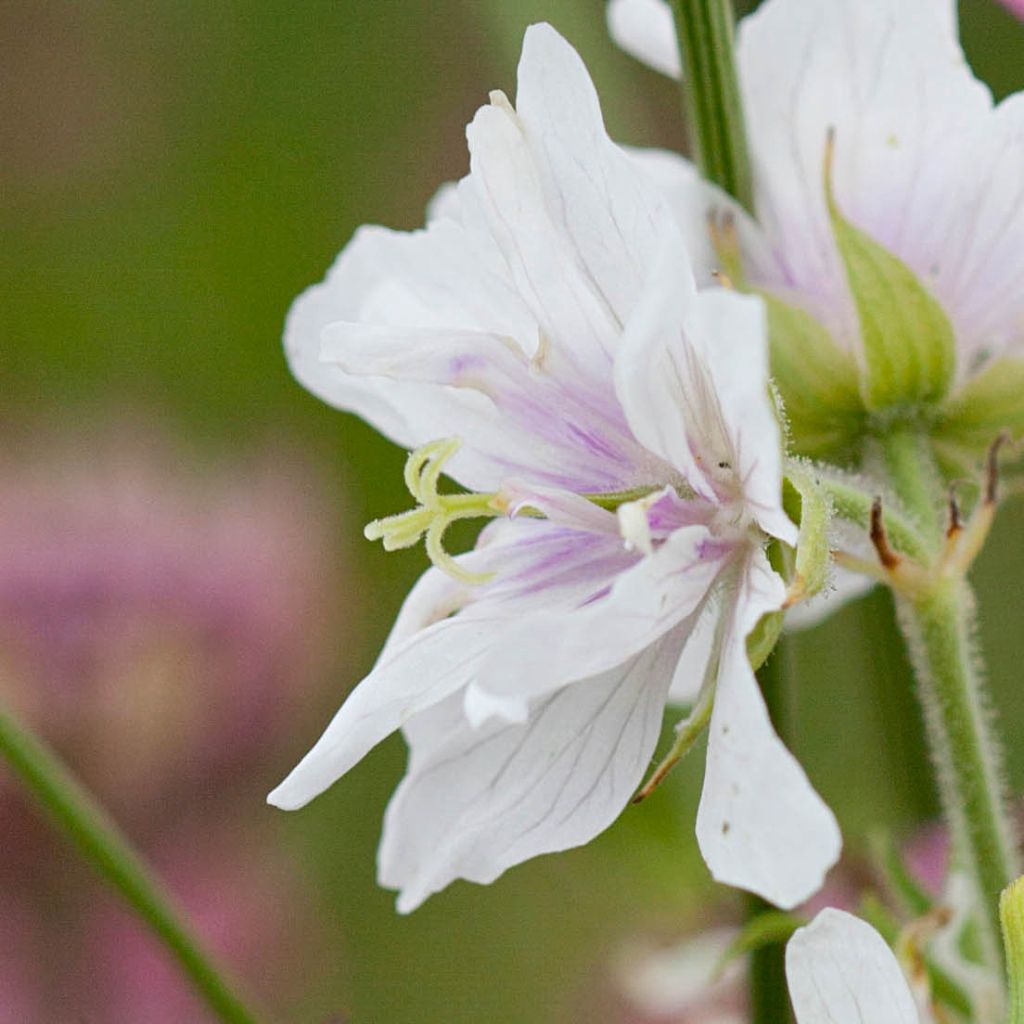

Geranium pratense Algera Double
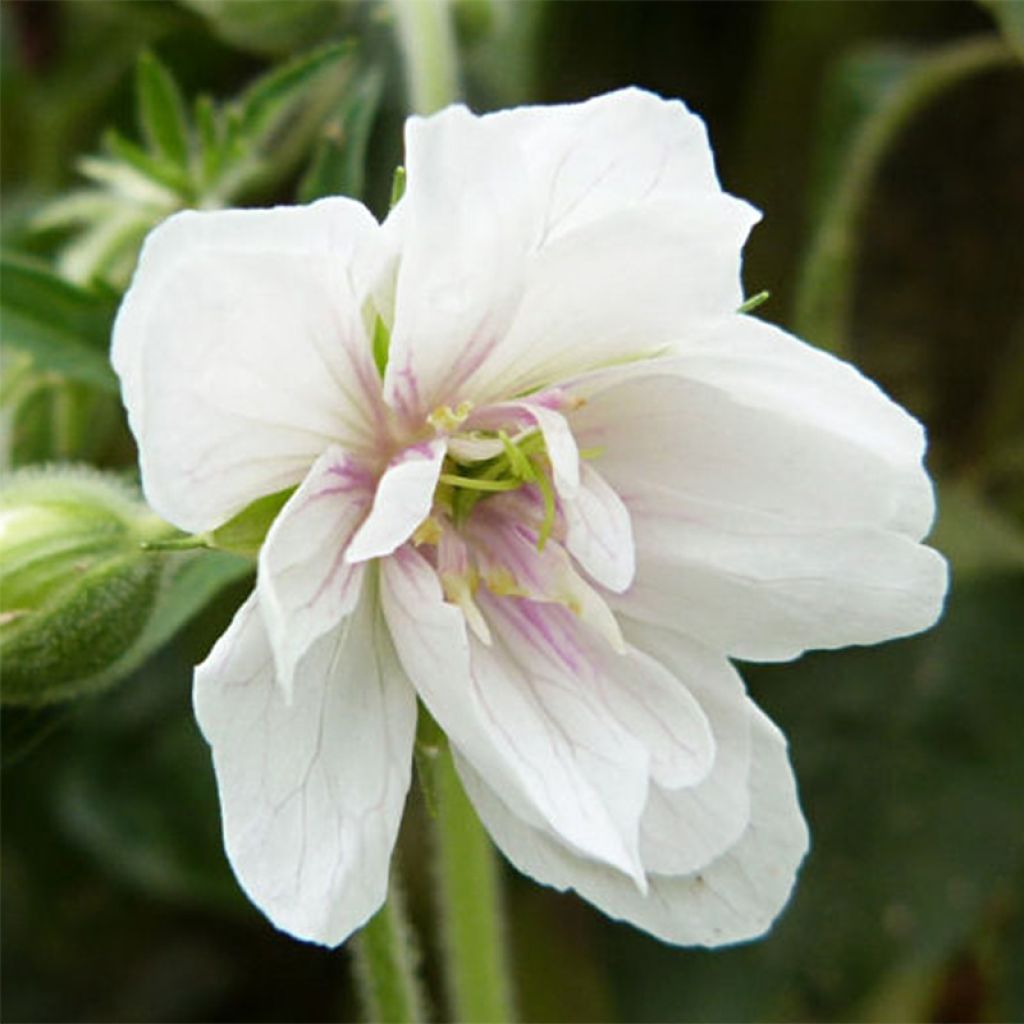

Geranium pratense Algera Double
Geranium pratense Algera Double
Geranium pratense Algera Double
Meadow Cranesbill, Meadow Geranium
This item cannot be shipped to the selected country
Delivery charge from €5.90
Delivery charge from €5.90
More information
Schedule delivery date,
and select date in basket
This plant carries a 12 months recovery warranty
More information
We guarantee the quality of our plants for a full growing cycle, and will replace at our expense any plant that fails to recover under normal climatic and planting conditions.
From €5.90 for pickup delivery and €6.90 for home delivery
Express home delivery from €8.90.
From €5.90 for pickup delivery and €6.90 for home delivery
Express home delivery from €8.90.
Does this plant fit my garden?
Set up your Plantfit profile →
Description
Geranium pratense 'Algera Double', sometimes called the Crane's Beak or Meadow Cranesbill, is a recent variety that is both floriferous and undemanding. It bears exquisite double flowers, in the shape of elongated stars and very contrasting, almost white around a pinkish-violet centre washed with purple. Its habit is compact and its dark green foliage is finely cut. It is well suited to borders and pots, planted in good garden soil, fertile and moist, in sun or light shade.
Floriferous, generous, easy to grow, perennial geraniums have it all. Especially since, unlike tender Geraniums (which are actually Pelargoniums) with which they are sometimes confused, they are perfectly hardy, at least up to -15°C (5°F) and therefore remain in the ground all winter.
Originally from Europe, Central Asia and China and belonging to the Geraniaceae family, Geranium pratense is the origin of many cultivars with single or double flowers, easy to grow in any good garden soil. The 'Algera Double' variety, from which it originates, has a compact habit, with an average height of 40cm (16in) and the same width. Its flowers are precious and refined: star-shaped, they are composed of two rows of petals, the smaller ones tinged with pink-violet-purple towards the centre. Its flowering, very recurrent if care is taken to remove faded flowers, occurs from June-July to August-September, depending on the climate, with good regularity. The foliage is deciduous, composed of small polygonal, finely cut leaves, medium green, measuring 20cm (8in) long, almost along the entire length of the robust and hairy stems. It takes on a beautiful bronze colour in autumn.
Easy to grow and truly undemanding, this meadow geranium even tolerates poor soils, and its beauty competes with the best varieties of Hellebores. In the garden, perennial geraniums can be planted almost anywhere: in a rockery, in a woodland setting with ferns and Woodrushes, near Roses whose base they can elegantly dress, at the edge of a bed with other varieties of double-flowered Geraniums and even in pots.
Report an error about the product description
Geranium pratense Algera Double in pictures
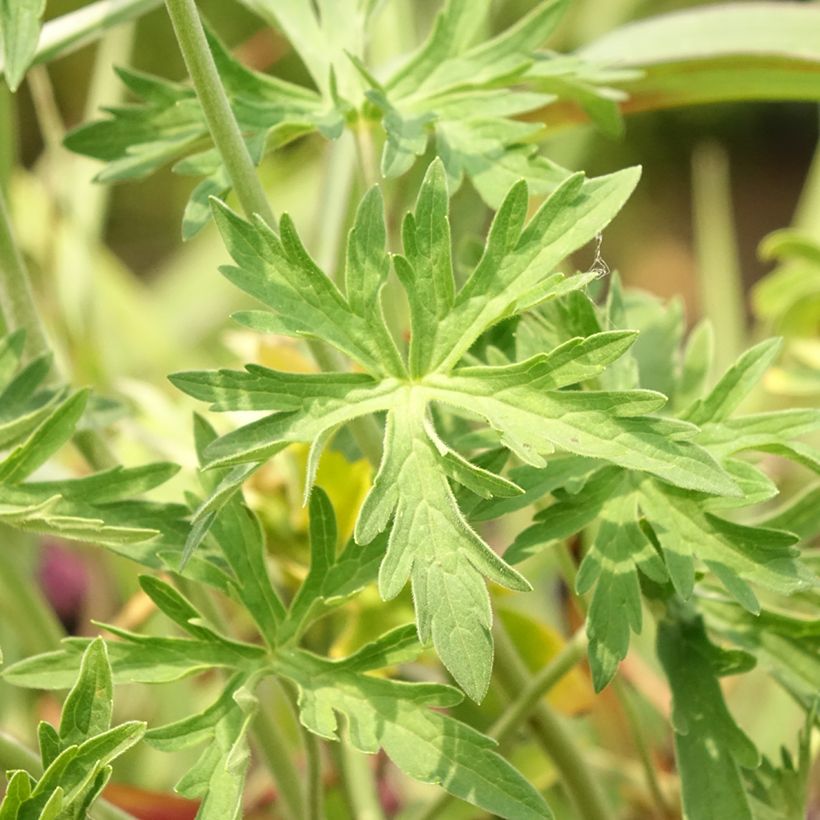

Flowering
Foliage
Plant habit
Botanical data
Geranium
pratense
Algera Double
Geraniaceae
Meadow Cranesbill, Meadow Geranium
Cultivar or hybrid
Other Hardy Geranium - Cranesbill
Planting and care
Perennial Geraniums settle in the garden during spring or autumn (frost-free period). They are quite tolerant regarding the situation and quality of the soil, although it is ideal to plant them in moist, humus-rich, well-drained soil, in full sun or partial shade. Easy to grow, they do not require any special care, but we advise you to remove the faded flowers and leaves from July to September to encourage new growth. In moist soil, occasional and moderate watering is sufficient, but do not let them struggle too much during episodes of intense heat.
Planting period
Intended location
Care
-
, onOrder confirmed
Reply from on Promesse de fleurs
Summer flowering perennials
Haven't found what you were looking for?
Hardiness is the lowest winter temperature a plant can endure without suffering serious damage or even dying. However, hardiness is affected by location (a sheltered area, such as a patio), protection (winter cover) and soil type (hardiness is improved by well-drained soil).

Photo Sharing Terms & Conditions
In order to encourage gardeners to interact and share their experiences, Promesse de fleurs offers various media enabling content to be uploaded onto its Site - in particular via the ‘Photo sharing’ module.
The User agrees to refrain from:
- Posting any content that is illegal, prejudicial, insulting, racist, inciteful to hatred, revisionist, contrary to public decency, that infringes on privacy or on the privacy rights of third parties, in particular the publicity rights of persons and goods, intellectual property rights, or the right to privacy.
- Submitting content on behalf of a third party;
- Impersonate the identity of a third party and/or publish any personal information about a third party;
In general, the User undertakes to refrain from any unethical behaviour.
All Content (in particular text, comments, files, images, photos, videos, creative works, etc.), which may be subject to property or intellectual property rights, image or other private rights, shall remain the property of the User, subject to the limited rights granted by the terms of the licence granted by Promesse de fleurs as stated below. Users are at liberty to publish or not to publish such Content on the Site, notably via the ‘Photo Sharing’ facility, and accept that this Content shall be made public and freely accessible, notably on the Internet.
Users further acknowledge, undertake to have ,and guarantee that they hold all necessary rights and permissions to publish such material on the Site, in particular with regard to the legislation in force pertaining to any privacy, property, intellectual property, image, or contractual rights, or rights of any other nature. By publishing such Content on the Site, Users acknowledge accepting full liability as publishers of the Content within the meaning of the law, and grant Promesse de fleurs, free of charge, an inclusive, worldwide licence for the said Content for the entire duration of its publication, including all reproduction, representation, up/downloading, displaying, performing, transmission, and storage rights.
Users also grant permission for their name to be linked to the Content and accept that this link may not always be made available.
By engaging in posting material, Users consent to their Content becoming automatically accessible on the Internet, in particular on other sites and/or blogs and/or web pages of the Promesse de fleurs site, including in particular social pages and the Promesse de fleurs catalogue.
Users may secure the removal of entrusted content free of charge by issuing a simple request via our contact form.
The flowering period indicated on our website applies to countries and regions located in USDA zone 8 (France, the United Kingdom, Ireland, the Netherlands, etc.)
It will vary according to where you live:
- In zones 9 to 10 (Italy, Spain, Greece, etc.), flowering will occur about 2 to 4 weeks earlier.
- In zones 6 to 7 (Germany, Poland, Slovenia, and lower mountainous regions), flowering will be delayed by 2 to 3 weeks.
- In zone 5 (Central Europe, Scandinavia), blooming will be delayed by 3 to 5 weeks.
In temperate climates, pruning of spring-flowering shrubs (forsythia, spireas, etc.) should be done just after flowering.
Pruning of summer-flowering shrubs (Indian Lilac, Perovskia, etc.) can be done in winter or spring.
In cold regions as well as with frost-sensitive plants, avoid pruning too early when severe frosts may still occur.
The planting period indicated on our website applies to countries and regions located in USDA zone 8 (France, United Kingdom, Ireland, Netherlands).
It will vary according to where you live:
- In Mediterranean zones (Marseille, Madrid, Milan, etc.), autumn and winter are the best planting periods.
- In continental zones (Strasbourg, Munich, Vienna, etc.), delay planting by 2 to 3 weeks in spring and bring it forward by 2 to 4 weeks in autumn.
- In mountainous regions (the Alps, Pyrenees, Carpathians, etc.), it is best to plant in late spring (May-June) or late summer (August-September).
The harvesting period indicated on our website applies to countries and regions in USDA zone 8 (France, England, Ireland, the Netherlands).
In colder areas (Scandinavia, Poland, Austria...) fruit and vegetable harvests are likely to be delayed by 3-4 weeks.
In warmer areas (Italy, Spain, Greece, etc.), harvesting will probably take place earlier, depending on weather conditions.
The sowing periods indicated on our website apply to countries and regions within USDA Zone 8 (France, UK, Ireland, Netherlands).
In colder areas (Scandinavia, Poland, Austria...), delay any outdoor sowing by 3-4 weeks, or sow under glass.
In warmer climes (Italy, Spain, Greece, etc.), bring outdoor sowing forward by a few weeks.

































